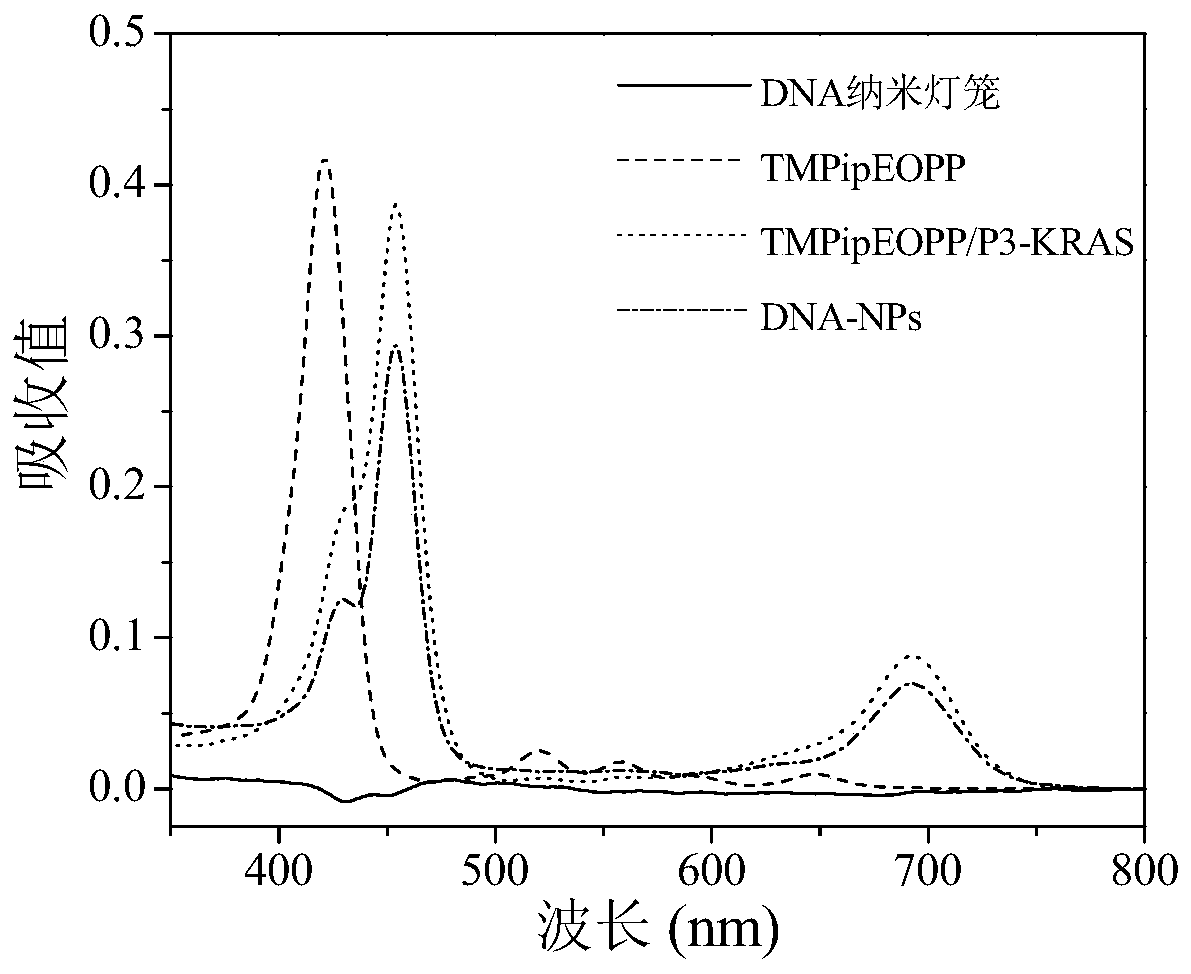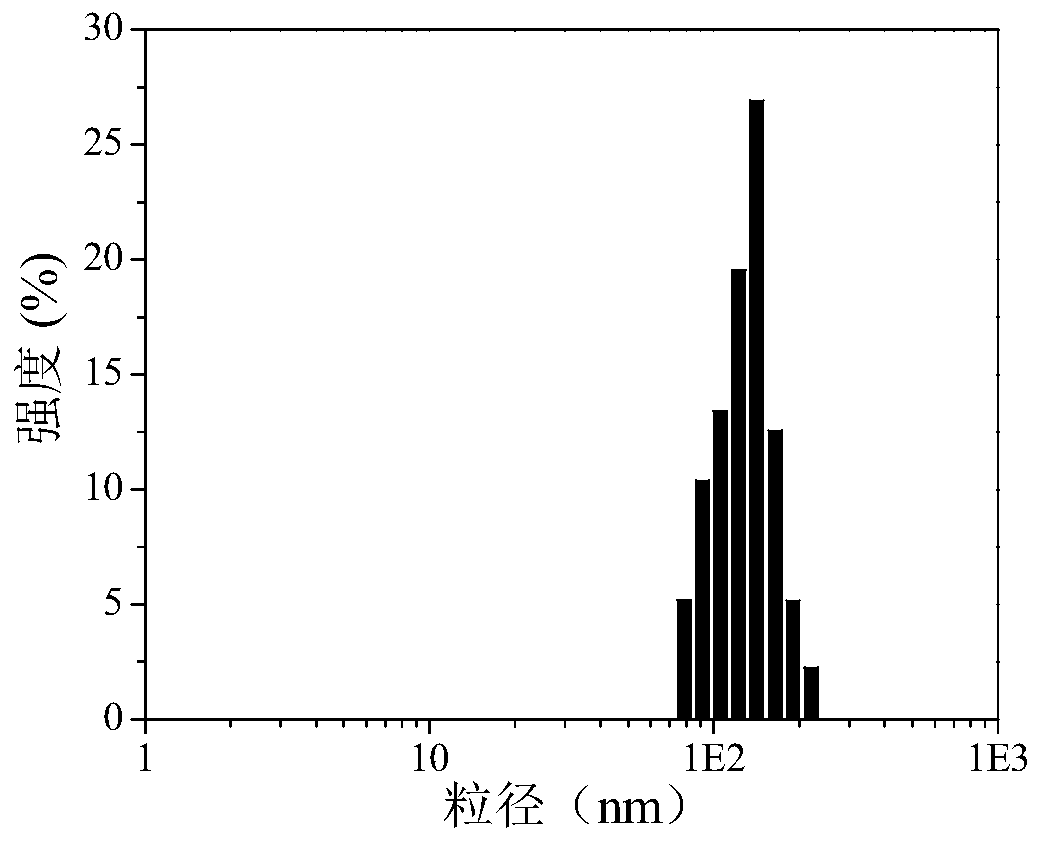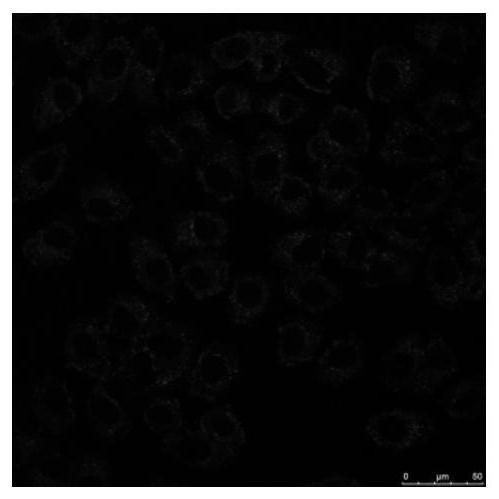Application of water-soluble cationic porphyrin in preparation of PDT nano photosensitizer
A technology of water-soluble cations and photosensitizers, used in biochemical equipment and methods, microbial determination/inspection, wave energy or particle radiation treatment materials, etc., can solve the problems of low dark toxicity and poor biocompatibility, and achieve high light Toxicity, low cost, easy metabolic decomposition effect
- Summary
- Abstract
- Description
- Claims
- Application Information
AI Technical Summary
Problems solved by technology
Method used
Image
Examples
Embodiment 1
[0038] A kind of preparation of PDT nano photosensitizer specifically comprises the following steps:
[0039] (1) Four oligonucleotide sequences of A1, A2, P1, and P2 with a concentration of 1 μM were mixed with 25 mM MgCl 2 Mix with 10mM Tris-HCl buffer solution (pH 7.0) to form a mixture A; put the mixture A into a gene cycler (PCR) and heat it to 95°C for 5min, then place it on ice and incubate for 10min; Prepare DNA nano-lanterns;
[0040] (2) Dilute 2 μM P3-KRAS in 10 mM Tris-HCl buffer solution (pH 7.0) and 10 mM KCl solution to form a mixture B; put the mixture B into the gene amplification instrument and heat it to 95 ° C for 5 min, then Rapidly lower the temperature to 25°C and incubate for 0.5h; then, add 2 μM TMPipEOPP to the mixture B and mix well to obtain the composite photosensitizer TMPipEOPP / P3-KRAS;
[0041] (3) Mix the 1 μM DNA nano-lantern prepared above with the 2 μM composite photosensitizer TMPipEOPP / P3-KRAS to form a mixture C; put the mixture C into ...
Embodiment 2
[0044] The characterization of a PDT nano photosensitizer mainly adopts the following two methods:
[0045] (1) Ultraviolet-visible spectrum characterization: DNA nano-lantern, TMPipEOPP, TMPipEOPP / P3-KRAS and DNA-NPs (in which the concentration of TMPipEOPP is kept consistent) are scanned for ultraviolet-visible spectroscopy, and the obtained spectra are shown in figure 1 . It can be seen from the figure that free TMPipEOPP shows a strong Soret absorption peak at 417nm, and the centers of four weak Q absorption bands are 519, 559, 580 and 650nm respectively. When TMPipEOPP is combined with G-quadruplex P3-KRAS, a new absorption band is formed at about 700nm, and its molar absorption coefficient is much higher than that of free TMPipEOPP at 650nm, which indicates that TMPipEOPP / P3 The -KRAS complex is very promising as a composite photosensitizer, which not only redshifts the excitation light wavelength from the boundary to the interior of the biological transparent window, b...
Embodiment 3
[0048] (1) Cellular uptake and confocal microscopy imaging.
[0049] (A) Cell culture. The incubator was maintained at 37 °C, 5% CO 2 , HeLa cells were cultured in DMEM containing 10% fetal bovine serum and 1% double antibody.
[0050] (B) Adding nanocomposite photosensitizer. DNA-NPs (in which the concentration of TMPipEOPP is 0.5 μM) were co-incubated with Hela cells for 1 h, 4 h, and 8 h, respectively recorded as samples 1, 2, and 3, washed with PBS three times to remove uningested drugs, and then washed with 4 %paraformaldehyde fixed the cells for 15min.
[0051] (C) Experimental results obtained using laser confocal imaging. Olympus IX-81 microscope was used for laser confocal imaging, and 458nm was selected as the excitation wavelength of the diode-pumped laser. Obtain the confocal fluorescence microscopy images of the nanocomposite photosensitizer DNA-NPs co-incubated with HeLa cells for 1h, 4h, and 8h, see Figure 3a to Figure 3c .
[0052] (2) Detection of sing...
PUM
 Login to View More
Login to View More Abstract
Description
Claims
Application Information
 Login to View More
Login to View More - R&D
- Intellectual Property
- Life Sciences
- Materials
- Tech Scout
- Unparalleled Data Quality
- Higher Quality Content
- 60% Fewer Hallucinations
Browse by: Latest US Patents, China's latest patents, Technical Efficacy Thesaurus, Application Domain, Technology Topic, Popular Technical Reports.
© 2025 PatSnap. All rights reserved.Legal|Privacy policy|Modern Slavery Act Transparency Statement|Sitemap|About US| Contact US: help@patsnap.com



